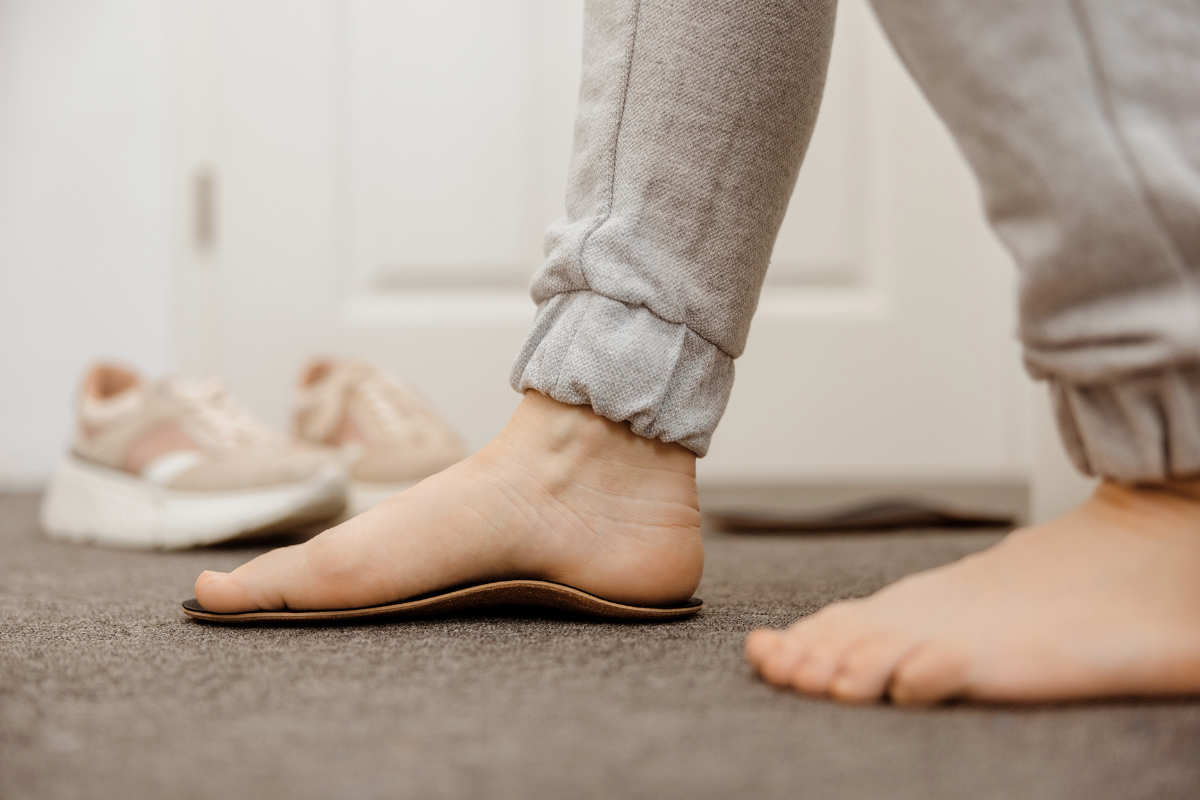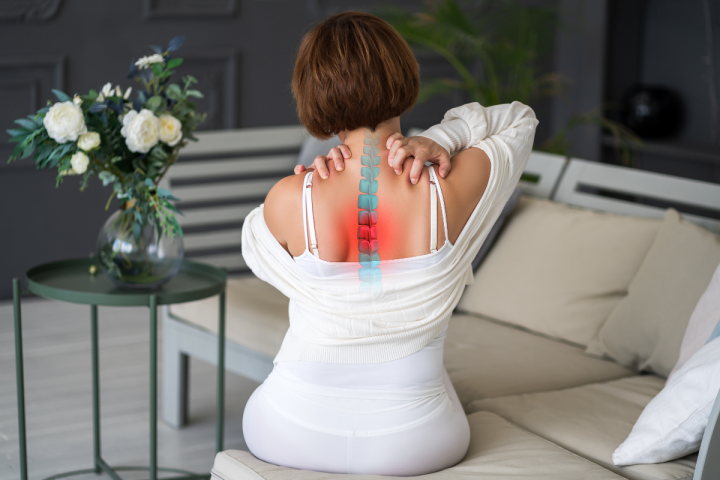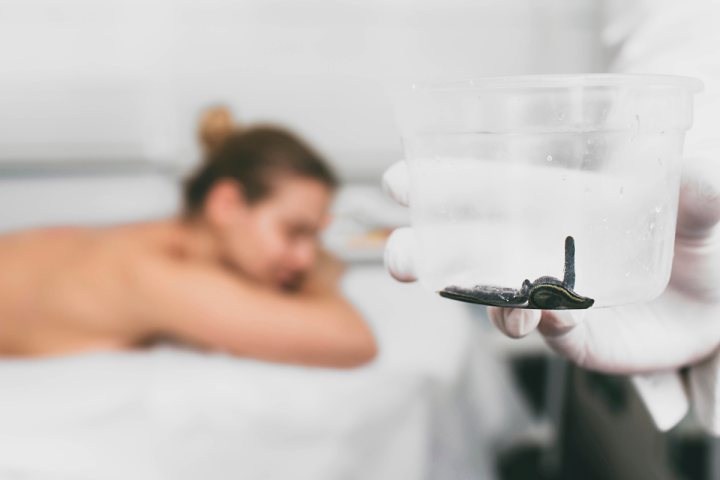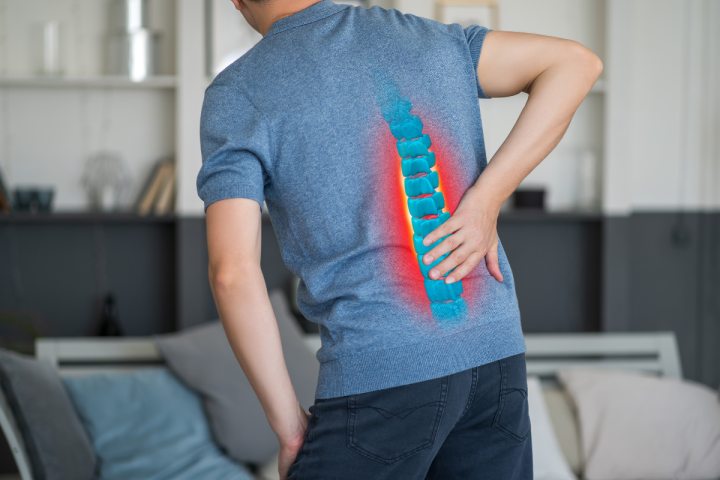Problems with correct posture are a common concern for many young parents. It is important to note that postural defects are not limited to the spine. Among the most common of these is scoliosis. Knee defects, on the other hand, are not uncommon and include valgus or bent knees. Often defects also affect the feet, taking the form of one of the most common defects, flat feet. What are the causes of flat feet? What is the treatment process for flat feet in both children and adults? And, most importantly, what steps can be taken to prevent flat feet? Read more!
What is flat feet?
Flat feet, commonly known as platfus, is a deformation of the structure of the foot, leading to a loss of its natural anatomical shape. In a healthy foot, contact with the ground is made through three areas: the heel and the heads of the first and fifth metatarsal bones. When we speak of flat feet, the foot touches the ground with all or almost all of its area.
This condition can occur in both children and adults, resulting from a variety of causes. These range from congenital defects to long-term stresses. It is estimated that more than 30% of the adult population experience this problem, although it is usually not of such a serious nature that a specialist orthopaedic consultation is required.
It is easy to spot flat feet when observing on wet sand. If the foot is properly shaped, the footprint should show a characteristic depression on the inside. If the foot bounces uniformly, this may suggest that further investigation for platfus should be undertaken.
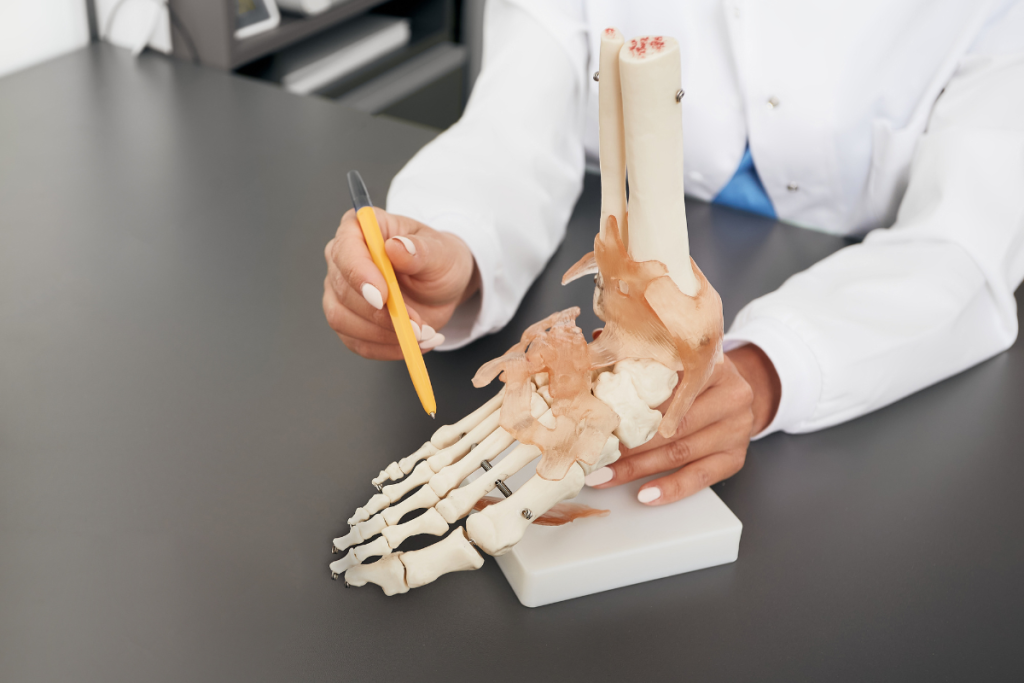
What is flat feet and what types are there?
Orthopaedic specialists have divided flat feet into two varieties, depending on which arch of the foot is deformed:
- Longitudinal flatfoot: There are several arches in the foot that play a key role in the distribution of stresses and strains during movement and rest. Disruption of the natural balance can lead to the development of flat feet. In the case of longitudinal flatfoot, one of the longitudinal arches, particularly the medial longitudinal arch, is deformed. This results in a loss of proper cushioning and the formation of stiffness and overload, which can result in injury.
- Transverse flatfoot: Unlike longitudinal flatfoot, transverse flatfoot causes deformity of the transverse arches, most commonly the arch in the forefoot area. The effect of these changes is widening of the foot and excessive pressure in the forefoot. Although in theory there are two varieties of flatfoot, in practice they often occur simultaneously.
Causes of flat feet
Now that the topic of what flat feet is has been thoroughly discussed, it is worth considering the causes of this condition.
Postural defects in young people are often not due to a clear cause. Their genesis is considered from the perspective of three aspects: structural disorders, functional disorders and external (environmental) conditions. The most common sources of flat feet include:
- weakening of the structures that make up the foot (muscles, ligaments, tendons), often caused by various
- type of injury;
- congenital elasticity of the ligaments, favouring a lowering of the arches of the foot;
- excessive body weight;
- wearing unsuitable footwear.
Although flat feet are natural during a certain period of development, they require regular monitoring by a specialist. Prolonged maintenance of an incorrect foot position can lead to unhealthy limb alignment. There are a number of potential causes of flat feet. Sometimes it is congenital and results from the flexibility of the joints and ligaments in the foot area. In such cases, tissues can move beyond the physiological range of movement, destabilising the correct position.
How to treat flat feet?
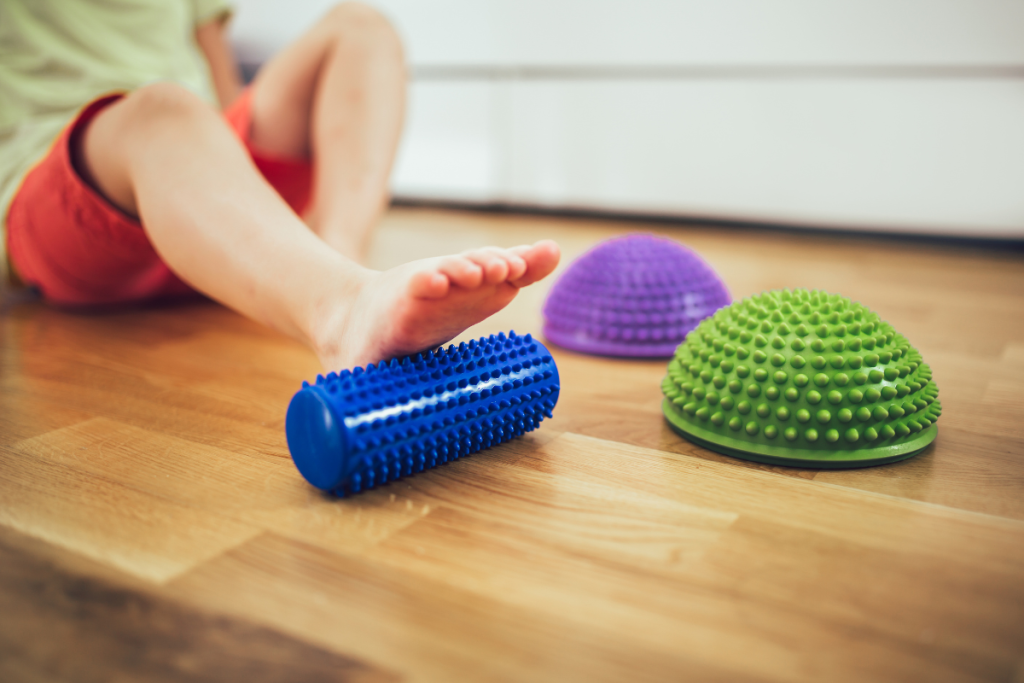
- Flat feet therapy involves a variety of approaches and focuses on several aspects at once. Regular exercises for flat feet play an important role, including games such as rolling a ball with the foot, moving around a mat with pressure on the feet, or drawing shapes with the feet. Although some of these methods resemble children's games, consistency and regularity are key.
- For people struggling with the deformity, the use of orthopaedic insoles for flat feet is recommended. In this context, special transverse orthotics, called orthopaedic pelotics, are used. Physiotherapy therapy, in addition to massage, also includes kinesiotaping.
- Although active individuals are not usually prone to flat feet, it is worth remembering that deformation of the longitudinal arches of the foot leads to a loss of natural cushioning, increasing the risk of overload. Therefore, when opting for special orthotics or footwear with extra cushioning, it is important to bear this in mind.
- When dealing with more severe cases of flat feet, there is also the option of surgical treatment, such as placing an implant or performing an operation to cut the bone and stabilise it in position.
Summary
In answering the question of what flat feet is, we already know that it is a complex orthopaedic problem, affecting both children and adults. A variety of causes are worth considering, ranging from genetics to inappropriate footwear. Effective treatment includes regular exercise, wearing orthopaedic insoles and physiotherapy therapy. While ensuring proper cushioning, those who are physically active should also monitor the condition of their feet. Remember that regular monitoring and awareness are key to maintaining healthy feet and the whole body.

